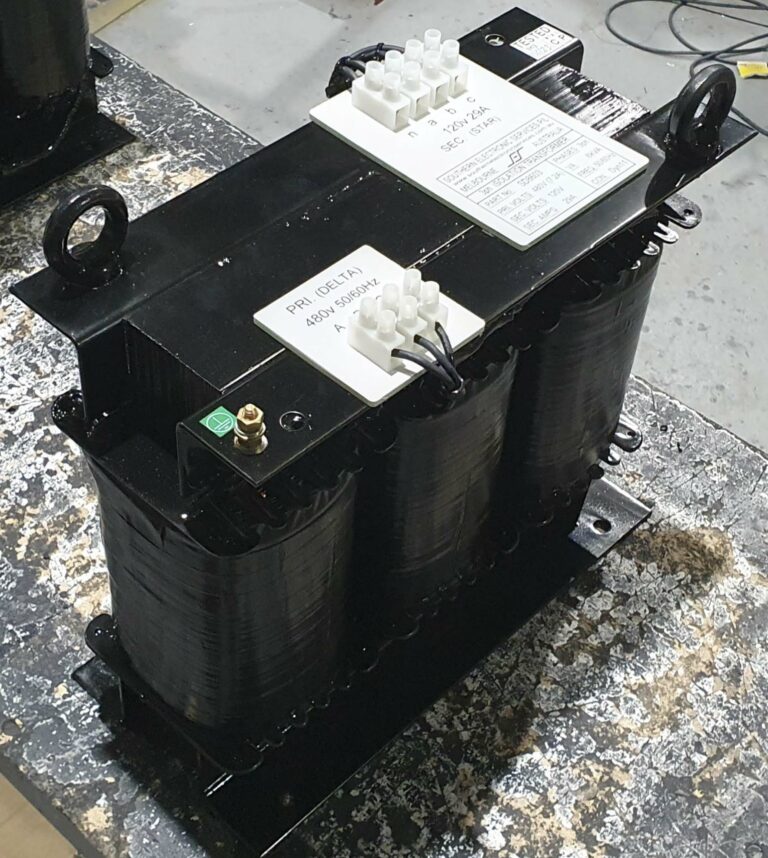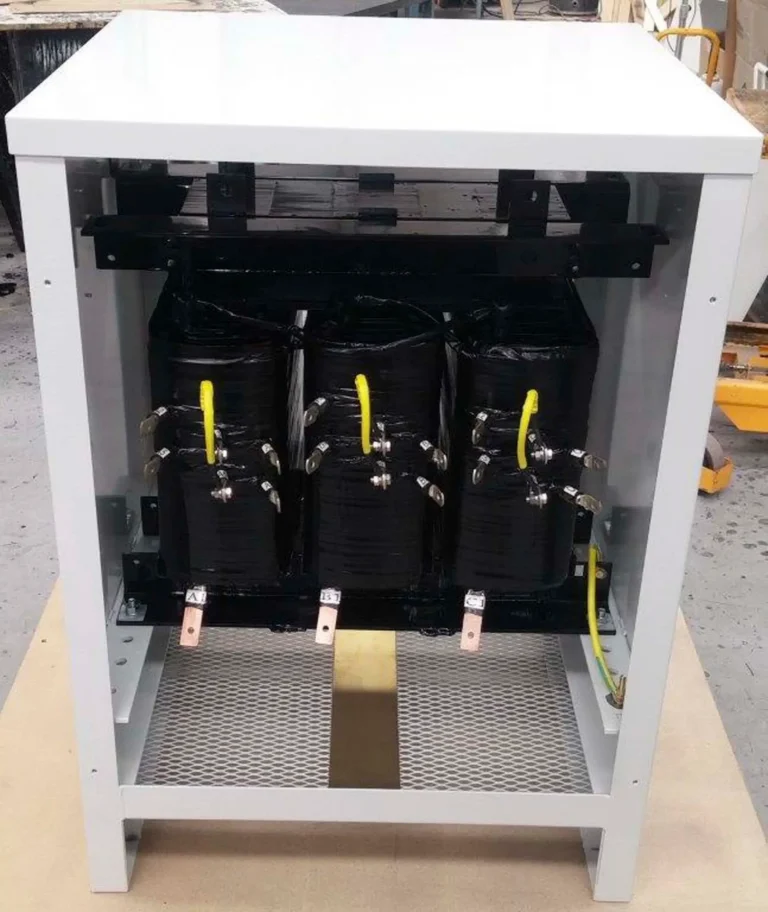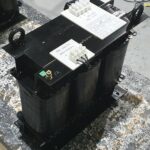The isolation transformer isn’t as common as other power-transforming devices, but it’s still an important addition to the world’s electrical grid. Because it’s not as well known as the step-up or step-down transformer, it’s normal to have questions about isolation transformers.
Luckily, we’re here to answer those questions in this complete guide for beginners on the basics of the isolation transformer.
Main Purposes of Isolation Transformers
Just like any type of power transformer, an isolation transformer is designed to transfer power from an alternating current (AC) source to an electrical device. But unlike other types of transformers, this one specifically works to isolate power between the main source and the devices it supplies.
Since no conductive path is present between the power source and the load, isolation transformers fully protect against electrical shock and power surges. They’re also used to reduce electrical noise and interference in sensitive devices.
Basic Working Principles Explained
So how is this isolation achieved? It’s simple, really. All that is necessary is to wind the primary and secondary coils separately, ultimately blocking the transmission of power between the two circuits. This allows each circuit to function independently.
To maintain isolation even further, the two coils are separated by a magnetic core. Once you’re ready to use your transformer, start by connecting the transformer to the main power source. Then, plug your devices directly into the other side of the transformer. That’s it!
Common Isolation Transformer Applications
The main reason for using an isolation transformer is to protect equipment against electrical shock, and this is a very important task for many industries. More specifically, here are some of the main applications where an isolation transformer can come in handy:
- Surge Protection: Isolation transformers can help protect equipment from power surges and reduce the risk of short circuits.
- Medical Equipment: Thanks to their added layer of protection, isolation transformers are often used to power medical devices and monitors.
- Industrial Applications: Isolation transformers provide isolation for many types of industrial machinery, helping to reduce the risk of electrical shock.
- Voltage Isolation: Isolation transformers can be used to provide isolation between two circuits and reduce interference as well as electrical noise.
If you’re looking for a way to increase the safety and reliability of your electrical systems, get in touch today for a free quote on a custom-built isolation transformer.
Next Post
How Does a Power Transformer Work?
June 27, 2024Other News

Types of Transformers for Data Centres
SES Isolation Transformers: Reliable Power Solutions If you need stable, clean power to protect sensitive equipment from electrical noise, surges, and interference, isolation transformers are your best choice. At Southern Electronic Services (SES), we specialise in high-quality isolation transformers that deliver exceptional performance and reliability across a wide range of industries, from industrial operations to…

The Best Transformers For Data Centres in Australia
Transformers in Data Centres: Powering Reliable Operations Data centre transformers play a vital role in modern data centres because they regulate and stabilise the electrical power that runs servers, networking devices, cooling systems, and other critical infrastructure. Without the right data centre transformers, facilities are at risk of power disruptions, equipment failure, and increased operational…
